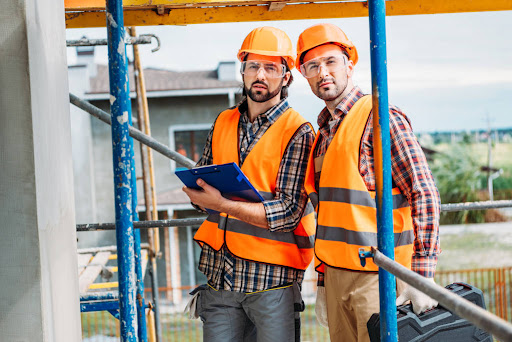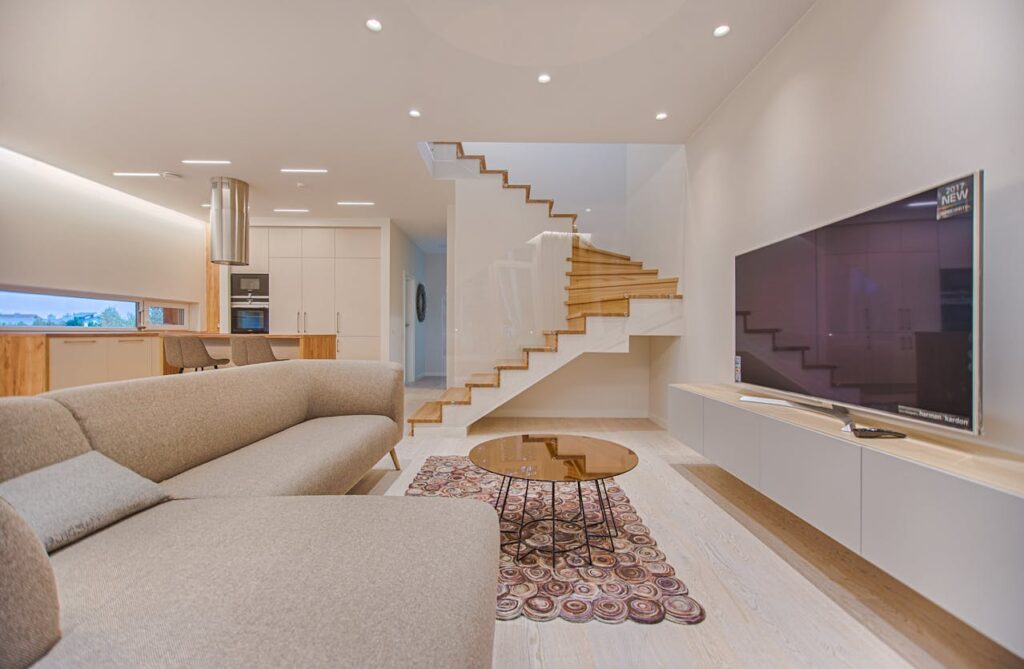
The 21st century has ushered in a remarkable era of technological advancement, fundamentally transforming the way we live, work, and engage with the world around us. In this age of rapid progress, there is a growing fascination with the concept of building with technology. This approach harnesses cutting-edge innovations, including advanced materials, robotics, 3D printing, artificial intelligence (AI), and the Internet of Things (IoT), to construct structures that are not only efficient but also environmentally sustainable. This article delves into the profound benefits of building with technology while exploring the challenges that need to be surmounted in this endeavor.
The Benefits of Building with Tech
In our contemporary world, the advantages of incorporating technology into construction processes are increasingly evident. These benefits extend across various dimensions, including cost savings, heightened efficiency, and the enhancement of safety and comfort.
Cost Savings: Building with technology presents a substantial advantage for both construction professionals and property owners alike. Automation systems, for instance, optimize material usage and provide precise control over elements like heating, cooling, and lighting, resulting in reduced labor costs and lower long-term energy expenses for property owners. Software solutions like Building Information Modeling (BIM) streamline designs, reducing waste during construction, and preemptively identifying and mitigating potential issues.
Increased Efficiency: The utilization of automated processes, such as robotic arms and drones for site surveying or on-site 3D printing of components, can significantly reduce project timelines by eliminating delays caused by human errors or third-party logistics complications. Furthermore, advanced materials like graphene composites bolster the strength and durability of buildings on your home building renovation, consequently reducing maintenance requirements.
Enhanced Safety and Comfort: The integration of technology into building processes enhances safety through features such as smart security systems and automated monitoring. Additionally, the control of environmental factors like temperature and lighting contributes to heightened comfort within these structures, ensuring that occupants enjoy an optimal living or working environment.
Sustainable Technologies in Construction
Sustainability has become a paramount consideration in construction as we strive to minimize our ecological footprint. The adoption of sustainable technologies empowers builders to create structures that are not only environmentally friendly but also economically viable and resilient. Below are some notable sustainable technologies currently employed in construction:
Recycled Materials: Among the most prevalent sustainable construction practices is the use of recycled materials. From concrete blocks crafted from recycled glass to plastic lumber for decking and fencing, there exists a plethora of options for repurposing existing materials, diverting waste from landfills, and reducing the demand for virgin resources, thereby mitigating environmental harm associated with resource extraction.
Renewable Energy Sources: Wind turbines and solar panels exemplify renewable energy sources that provide clean, emissions-free power for structures. In addition to their environmental benefits, renewable energy sources offer long-term cost savings through reduced fuel expenses and minimal maintenance compared to traditional fossil fuels.
Digital Fabrication Techniques: Digital fabrication techniques, such as 3D printing and computer numerical control (CNC) machining, enable precise and efficient production of building components. These methods not only reduce material waste but also allow for intricate and innovative architectural designs.
Challenges to Overcome
While the benefits of building with technology are substantial, several challenges must be addressed to fully harness its potential.

Cost of New Technologies: The upfront costs associated with adopting new technologies can be prohibitive, posing a significant hurdle for organizations with limited capital. To alleviate this challenge, exploring open-source solutions and seeking financing options like grants or loans can be instrumental in making technology adoption more accessible.
Lack of Skilled Labor: The rapid proliferation of new technologies has created a demand for skilled professionals capable of understanding and implementing these systems effectively. Organizations may face difficulties if they lack in-house expertise. Addressing this challenge necessitates investment in training and development programs or collaboration with specialized technology firms.
Conclusion
In the 21st century, building with technology stands as a beacon of sustainable and efficient innovation. By harnessing the power of modern technologies, we have the potential to create structures that are not only more efficient and cost-effective but also environmentally friendly. With a harmonious blend of green technology and innovative building techniques, we can construct buildings that benefit both our environment and society as a whole. This approach is not merely a glimpse into the future; it is the future of construction itself, offering a path toward a more sustainable and prosperous world.

